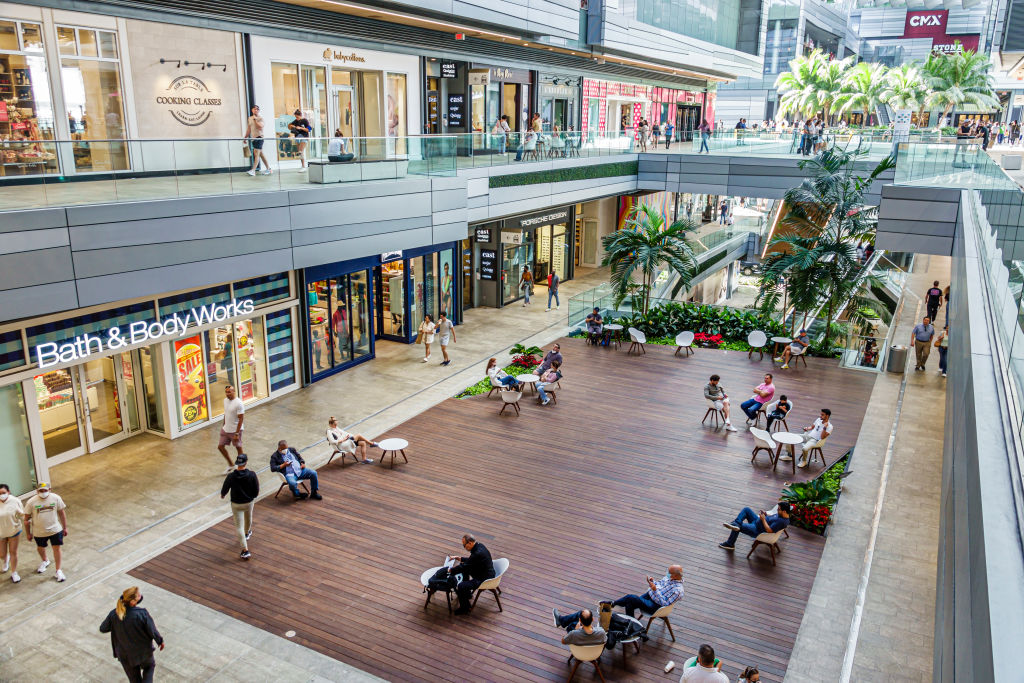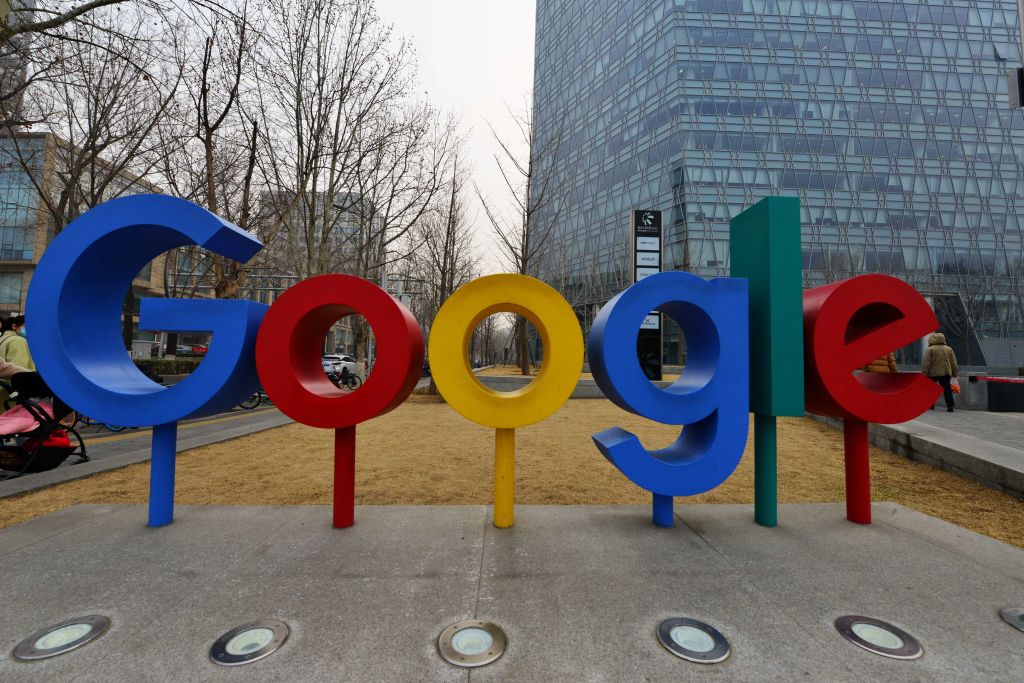US: Inflation eased again in January but came in above Wall Street’s expectations, clouding the Federal Reserve’s path to rate cuts and potentially giving the central bank breathing space to wait until the middle of the year.
The Labor Department reported Tuesday that consumer prices rose 3.1% in January from a year earlier, versus a December gain of 3.4%. That marked the lowest reading since June.
Still, the consumer-price index was higher than the predicted 2.9%, a disappointment for investors who hope the Fed will cut rates sooner rather than later. Rate cuts tend to help stock prices by boosting economic activity and reducing competition from bonds for investor dollars.
The release gave a nasty jolt to markets. Stocks fell sharply and bond yields rose. The Dow Jones Industrial Average slid more than 500 points, or about 1.4%, its worst one-day decline since March. For all three major U.S. stock indexes, it was their worst performance on a CPI release day since September 2022 , according to Dow Jones Market Data.
The yield on the 10-year Treasury note rose to 4.315%, bringing it to its highest level since the end of November.
Interest-rate futures, which before Tuesday’s report implied the central bank would probably begin cutting rates by its May meeting, now suggest a June start date is more likely.
Where the Fed could go from here
Investors’ belief that Fed cuts were imminent has helped fuel the rally in stocks. The Dow on Monday had hit its 12th record close of 2024.
But Tuesday’s inflation report underscores why Fed officials have been dismissive of such expectations. Some Fed officials have suggested that the pace of improvement over the past six months might overstate underlying progress in containing price pressures.
Officials have said they aren’t ready to entertain rate cuts at their next meeting, March 19-20, because they want to see more evidence that inflation is returning to their 2% target.
Fed Chair Jerome Powell has said officials want to see more evidence that inflation is returning to its 2% goal, which is measured against a separate gauge to be released later this month by the Commerce Department.
“It’s not that the data aren’t good enough. It’s that there’s really six months of data,” Powell said in an interview on “60 Minutes” earlier this month. “It doesn’t need to be better than what we’ve seen, or even as good. It just needs to be good.”
Core prices, which exclude food and energy items in an effort to better track inflation’s underlying trend, were up 3.9% in January. That was equal to December’s gain, which was the lowest since mid-2021.
From a month earlier, overall prices were up a seasonally adjusted 0.3%, and core prices were up 0.4%—larger gains than economists expected.
Two measures of inflation
The Fed’s preferred measure of inflation has been running cooler than the Labor Department’s, and analysts said that could continue in January. The figures released Tuesday calculate medical care and airfares differently, and those categories were especially strong in January. The Labor Department’s measure also puts a much higher weight on shelter costs, which for both owners and renters are derived from rents. Shelter costs accounted for 0.23 percentage point of the monthly gain in overall prices in January. Shelter costs were up 0.6% month over month.
Some Fed officials have said they are looking for evidence that a slowdown in price pressures is broadening beyond goods such as used cars, which have seen prices decline over the past year. Tuesday’s figure showed the opposite: Price declines accelerated for goods while price increases accelerated for services.
And prices are still far above where they were before the pandemic—especially for items that most Americans buy often, like groceries.
The sting of those past price increases might be part of why so many Americans remain down on the economy . An analysis conducted by Goldman Sachs economists suggests that frustration with high price levels might have contributed to low confidence readings that persisted in the early 1980s even after inflation had slipped sharply.
“It does seem like it takes a while for confidence to recover, in part because people are focused on levels rather than changes,” said Goldman chief economist Jan Hatzius .
The Labor Department’s measure of overall consumer prices was up 19.6% this January from four years earlier, just before the pandemic hit. In contrast, prices were up 8.9% in the four years ended January 2020.
Economists generally expect inflation to cool this year, though they caution the process could be bumpy. Cooling prices for newly signed leases, for example, should eventually translate into lower shelter costs.
“I can tell inflation has gotten better,” said Mike Poore, of Henderson, Ky. “That’s definitely a good thing. It’s a shame it’s not happening quicker.”
The high cost of groceries
A Bank of America Institute analysis of customer data found households tended to make far more transactions a month for food and drinks at restaurants and bars, for groceries and for gasoline than they do for other items. Labor Department figures show that prices in all three of those frequent-transaction categories are higher, relative to before the pandemic, than prices overall.
Research from University of California, Berkeley economist Ulrike Malmendier and three co-authors found that prices for items that people buy more often play an outsize role in framing their inflation expectations. “In terms of what gets ingrained in people’s brains, it’s stuff that they purchase frequently,” she said.
Other research Malmendier has conducted examines the scarring effects of inflation episodes , which can have persistent, and potentially costly, effects on people’s financial decisions. She is heartened by the fact that inflation has retreated relatively quickly from the 9.1% it hit in June 2022 —a contrast to the experience of the late 1970s and early 1980s, when inflation remained elevated for years.
“I’m a little less worried about long-lasting effects than I was in 2022,” she said.
 Copyright 2020, Dow Jones & Company, Inc. All Rights Reserved Worldwide. LEARN MORE
Copyright 2020, Dow Jones & Company, Inc. All Rights Reserved Worldwide. LEARN MORE
What a quarter-million dollars gets you in the western capital.
Alexandre de Betak and his wife are focusing on their most personal project yet.
CIOs can take steps now to reduce risks associated with today’s IT landscape
As tech leaders race to bring Windows systems back online after Friday’s software update by cybersecurity company CrowdStrike crashed around 8.5 million machines worldwide, experts share with CIO Journal their takeaways for preparing for the next major information technology outage.
Be familiar with how vendors develop, test and release their software
IT leaders should hold vendors deeply integrated within IT systems, such as CrowdStrike , to a “very high standard” of development, release quality and assurance, said Neil MacDonald , a Gartner vice president.
“Any security vendor has a responsibility to do extensive regression testing on all versions of Windows before an update is rolled out,” he said.
That involves asking existing vendors to explain how they write software, what testing they do and whether customers may choose how quickly to roll out an update.
“Incidents like this remind all of us in the CIO community of the importance of ensuring availability, reliability and security by prioritizing guardrails such as deployment and testing procedures and practices,” said Amy Farrow, chief information officer of IT automation and security company Infoblox.
Re-evaluate how your firm accepts software updates from ‘trusted’ vendors
While automatically accepting software updates has become the norm—and a recommended security practice—the CrowdStrike outage is a reminder to take a pause, some CIOs said.
“We still should be doing the full testing of packages and upgrades and new features,” said Paul Davis, a field chief information security officer at software development platform maker JFrog . undefined undefined Though it’s not feasible to test every update, especially for as many as hundreds of software vendors, Davis said he makes it a priority to test software patches according to their potential severity and size.
Automation, and maybe even artificial intelligence-based IT tools, can help.
“Humans are not very good at catching errors in thousands of lines of code,” said Jack Hidary, chief executive of AI and quantum company SandboxAQ. “We need AI trained to look for the interdependence of new software updates with the existing stack of software.”
Develop a disaster recovery plan
An incident rendering Windows computers unusable is similar to a natural disaster with systems knocked offline, said Gartner’s MacDonald. That’s why businesses should consider natural disaster recovery plans for maintaining the resiliency of their operations.
One way to do that is to set up a “clean room,” or an environment isolated from other systems, to use to bring critical systems back online, according to Chirag Mehta, a cybersecurity analyst at Constellation Research.
Businesses should also hold tabletop exercises to simulate risk scenarios, including IT outages and potential cyber threats, Mehta said.
Companies that back up data regularly were likely less impacted by the CrowdStrike outage, according to Victor Zyamzin, chief business officer of security company Qrator Labs. “Another suggestion for companies, and we’ve been saying that again and again for decades, is that you should have some backup procedure applied, running and regularly tested,” he said.
Review vendor and insurance contracts
For any vendor with a significant impact on company operations , MacDonald said companies can review their contracts and look for clauses indicating the vendors must provide reliable and stable software.
“That’s where you may have an advantage to say, if an update causes an outage, is there a clause in the contract that would cover that?” he said.
If it doesn’t, tech leaders can aim to negotiate a discount serving as a form of compensation at renewal time, MacDonald added.
The outage also highlights the importance of insurance in providing companies with bottom-line protection against cyber risks, said Peter Halprin, a partner with law firm Haynes Boone focused on cyber insurance.
This coverage can include protection against business income losses, such as those associated with an outage, whether caused by the insured company or a service provider, Halprin said.
Weigh the advantages and disadvantages of the various platforms
The CrowdStrike update affected only devices running Microsoft Windows-based systems , prompting fresh questions over whether enterprises should rely on Windows computers.
CrowdStrike runs on Windows devices through access to the kernel, the part of an operating system containing a computer’s core functions. That’s not the same for Apple ’s Mac operating system and Linux, which don’t allow the same level of access, said Mehta.
Some businesses have converted to Chromebooks , simple laptops developed by Alphabet -owned Google that run on the Chrome operating system . “Not all of them require deeper access to things,” Mehta said. “What are you doing on your laptop that actually requires Windows?”















